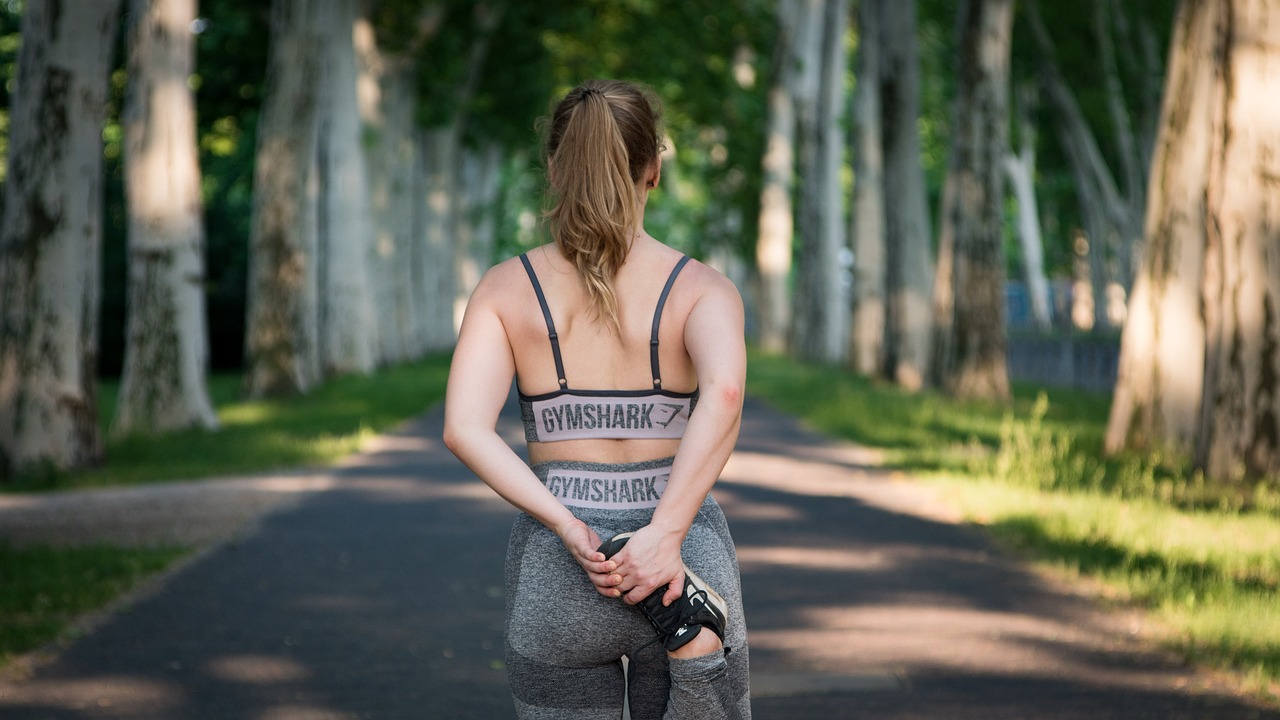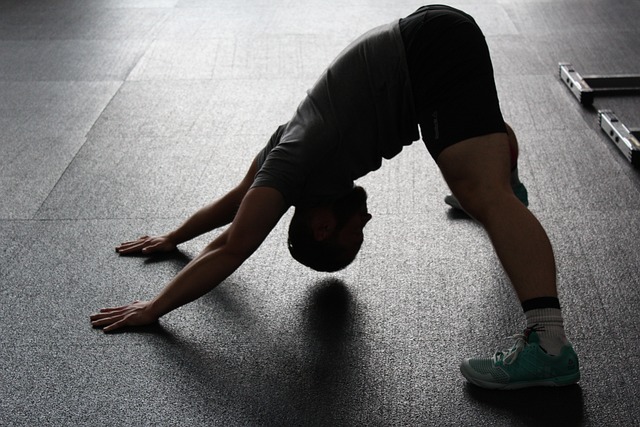The Key to Maximizing Your Workout and Avoiding Injuries
When it comes to working out, many people are tempted to skip the warm-up and dive straight into their main routine. Yet, this method might backfire and pose potential risks. Warm-up exercises are an essential part of any physical activity, and neglecting them can lead to suboptimal performance and an increased risk of injury. In this article, we'll explore the importance of warm-up exercises and why they should be an integral part of your workout regimen.
Understanding the Purpose of Warm-Up Exercises
Before we delve into the specifics, it's important to understand the primary purpose of warm-up exercises. These exercises are designed to gradually increase your body temperature, heart rate, and blood flow. By doing so, they prepare your muscles, joints, and cardiovascular system for the upcoming physical activity.
When you begin exercising with cold muscles, they are more prone to strains, pulls, and tears. This is because cold muscles are less pliable and have reduced elasticity, making them more susceptible to injury. Warm-up exercises help to increase the temperature of your muscles, making them more flexible and ready to handle the demands of your workout.
Additionally, warm-up exercises stimulate the production of synovial fluid, which lubricates your joints and allows for smoother movement. This lubrication is crucial for reducing the friction and stress on your joints during exercise, helping to prevent injuries such as sprains and joint pain.

Improved Performance
While injury prevention is a primary benefit of warm-up exercises, they also play a crucial role in enhancing your overall workout performance. When your muscles are properly warmed up, they are better able to respond to the demands of your chosen activity, allowing you to move with greater ease, power, and endurance.
During a warm-up, your body's cardiovascular system is gradually primed for more intense activity. Your heart rate increases, and your blood vessels dilate, allowing for more efficient oxygen and nutrient delivery to your working muscles. This improved circulation not only enhances your performance but also aids in the removal of metabolic waste products, such as lactic acid, which can contribute to muscle fatigue and soreness.
Furthermore, warm-up exercises can help to improve your mental focus and preparedness for your workout. By taking the time to warm up, you're mentally transitioning from your daily routine to your exercise routine, allowing you to concentrate better on the task at hand.
Types of Warm-Up Exercises
Now that you understand the importance of warm-up exercises, let's explore some of the most effective types to incorporate into your routine:
1. Cardiovascular Warm-Up: This type of warm-up involves low-intensity aerobic activities, such as walking, jogging, cycling, or using an elliptical machine. The goal is to gradually increase your heart rate and body temperature while engaging your major muscle groups. A cardiovascular warm-up typically lasts for 5 to 10 minutes.
2. Dynamic Stretching: Dynamic stretches involve controlled, continuous movements that mimic the motions you'll be performing during your workout. Some instances comprise arm rotations, leg swings, and lunges while walking. These stretches help to increase your range of motion and prepare your muscles for the specific movements you'll be performing.
3. Calisthenics: Calisthenics, or body weight exercises, can be an effective way to warm up your muscles and joints. Exercises like squats, lunges, and push-ups can be performed at a lower intensity to gradually increase your body temperature and heart rate.
4. Sport-Specific Drills: If you're participating in a specific sport or activity, it's beneficial to incorporate warm-up drills that mimic the movements you'll be performing. For example, if you're a runner, you might include high knees, butt kicks, and straight-leg kicks in your warm-up routine.

Tailoring Your Warm-Up
While the types of warm-up exercises mentioned above are generally effective, it's important to tailor your warm-up routine to your specific needs and fitness level. For instance, if you're recovering from an injury or have any physical limitations, you may need to modify your warm-up exercises accordingly.
Additionally, the duration and intensity of your warm-up should be adjusted based on the type of workout you'll be performing. For example, if you're participating in a high-intensity activity like sprinting or weightlifting, you may need a longer and more comprehensive warm-up to adequately prepare your body.
Consistency is Key
Finally, it's important to remember that warm-up exercises should be a consistent part of your workout routine. Skipping them occasionally or only warming up for certain activities can negate the benefits and leave you susceptible to injuries and suboptimal performance.
Develop a warm-up routine that works for you and make it a habit to incorporate it before every workout session. Your body will thank you for taking the time to properly prepare it for the physical demands you're about to place on it.
In conclusion, warm-up exercises are an essential component of any workout routine. They not only help to reduce the risk of injury but also enhance your overall performance by preparing your muscles, joints, and cardiovascular system for the upcoming physical activity. By incorporating a comprehensive warm-up routine tailored to your specific needs, you'll be setting yourself up for successful and safe workouts every time.

FAQs on Warm-Up Exercises
1. Why are warm-up exercises important?
Warm-up exercises are crucial because they gradually increase your body temperature, heart rate, and blood flow, preparing your muscles, joints, and cardiovascular system for the upcoming physical activity. This helps reduce the risk of injury and enhances overall workout performance.
2. What happens if I skip the warm-up?
Skipping the warm-up can be counterproductive and dangerous. Cold muscles are less pliable and more prone to strains, pulls, and tears. Additionally, you may experience suboptimal performance due to reduced flexibility, range of motion, and cardiovascular readiness.
3. How long should a warm-up last?
The duration of a warm-up can vary depending on the intensity of your workout and your fitness level. Generally, a warm-up should last between 5 to 15 minutes, allowing enough time for your body to properly prepare for the upcoming activity.
4. What are some examples of cardiovascular warm-up exercises?
Examples of cardiovascular warm-up exercises include walking, jogging, cycling, or using an elliptical machine. The goal is to engage your major muscle groups and gradually increase your heart rate and body temperature.
5. What are dynamic stretches, and why are they important for a warm-up?
Dynamic stretches involve controlled, continuous movements that mimic the motions you'll be performing during your workout. They help increase your range of motion and prepare your muscles for the specific movements you'll be undertaking, reducing the risk of injury.

6. Can calisthenics be used as part of a warm-up routine?
Yes, calisthenics or bodyweight exercises like squats, lunges, and push-ups can be an effective way to warm up your muscles and joints. These exercises can be performed at a lower intensity to gradually increase your body temperature and heart rate.
7. Should I include sport-specific drills in my warm-up?
If you're participating in a specific sport or activity, it's beneficial to incorporate warm-up drills that mimic the movements you'll be performing. For example, a runner might include high knees, butt kicks, and straight-leg kicks in their warm-up routine.
8. Can warm-up exercises improve mental focus?
Yes, warm-up exercises can help improve your mental focus and preparedness for your workout. By taking the time to warm up, you're mentally transitioning from your daily routine to your exercise routine, allowing you to concentrate better on the task at hand.
9. Should I adjust my warm-up routine based on the type of workout?
Yes, it's important to tailor your warm-up routine to the specific type of workout you'll be performing. For high-intensity activities like sprinting or weightlifting, you may need a longer and more comprehensive warm-up to adequately prepare your body.
10. Is consistency important when it comes to warm-up exercises?
Consistency is key when it comes to warm-up exercises. Skipping them occasionally or only warming up for certain activities can negate the benefits and leave you susceptible to injuries and suboptimal performance. Develop a warm-up routine that works for you and make it a habit to incorporate it before every workout session.
Powered by Froala Editor





Leave a Reply